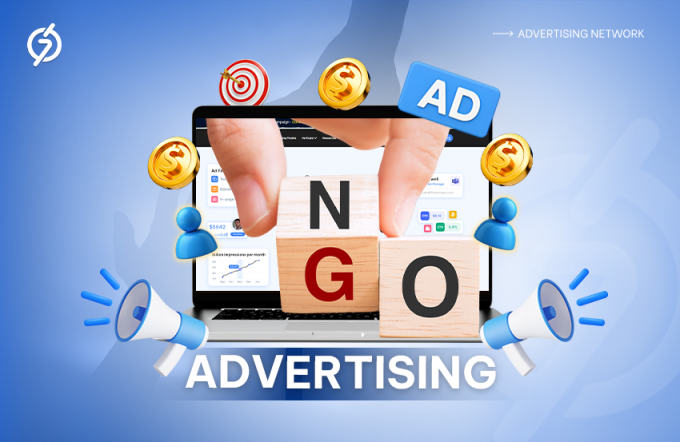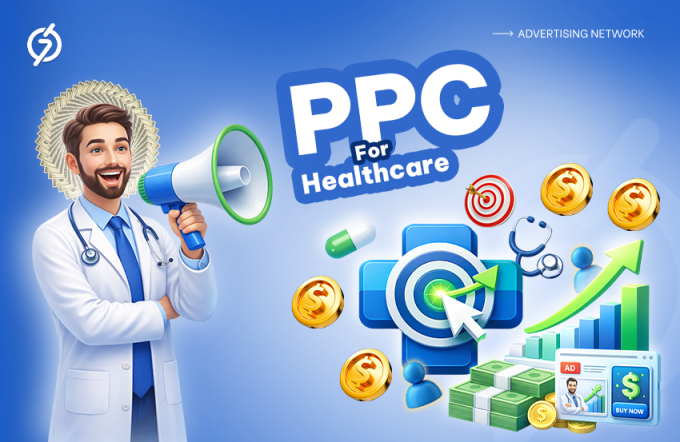It’s frustrating when potential customers visit your website, show interest, and then leave without taking action. It feels like all your marketing efforts went to waste. But what if you could bring them back? That’s the power of retargeting display ads. These online retargeting ads allow you to reach people who have already shown interest in your brand, reminding them of your offerings and encouraging them to return.
In this blog, we’ll show you how retargeted advertising can help you turn those lost visitors into valuable customers in 2025.
What do Retargeting Display Ads Mean?
Many business owners with websites notice that visitors often browse their pages but leave without taking the desired action. If you run an online business, you’ve probably experienced this yourself. This is a common issue and can happen for several reasons, such as:
- The user is interrupted by an urgent task and forgets to return.
- The user leaves to compare prices and doesn’t come back.
- The user accidentally clicks back or closes the tab.
There are many other possible reasons, too.
While visitors often leave without taking action, retargeting display advertisements can help bring them back by reminding them of what they left behind.
Let’s take a closer look at what these ads are.
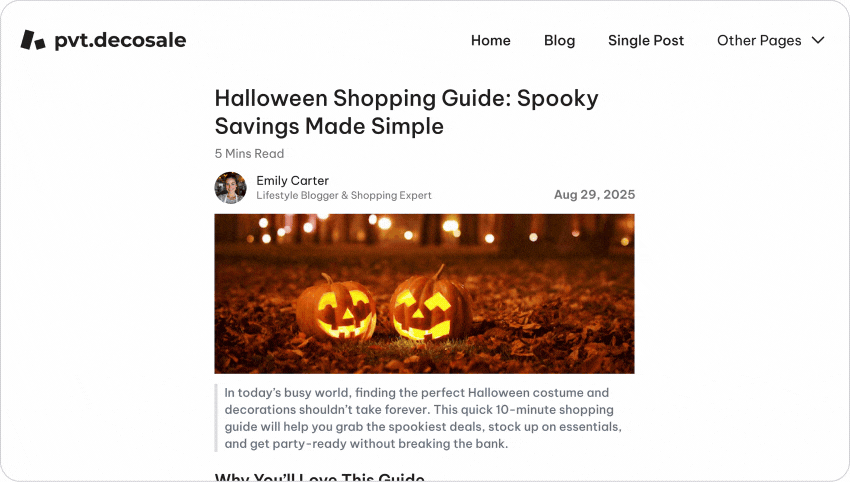
Retargeting display advertisements, also known as remarketing display ads, are online ads shown to people who have already visited a website but didn’t make a purchase or take an action. These ads “follow” users around the internet to remind them about the products or services they looked at before. The goal is to bring them back to the website and encourage them to complete their unfinished actions, such as making a purchase or signing up.
Explore more: The Ultimate Guide on Display Ads 2025
Various Display Ad Formats for Retargeting
When it comes to remarketing advertising, several display ad formats can help you effectively retarget users. Here are the most common types of display ads used for retargeting:
Banner Ads
Retargeting banner ads appear on websites or blogs that your visitors browse after leaving your site. Through banner ads retargeting, you remind your audience of products or services they showed interest in by using relevant visuals and convincing text with offers, encouraging them to return and complete a purchase. Banner ads come in various dimensions, including:
- Square: 250×250
- Medium Rectangle: 300×250
- Main Banner: 468×60
- Leaderboard: 728×90
- Wide Skyscraper: 160×600
- Half Page: 300×600
Discover more: Banner Ads: What They Are and How They Work In 2025
Popunder Ads
These online ads open in a new browser window behind the main one. They’re used for retargeting by showing your ad once the user has left your site, keeping your brand visible without interrupting their experience.
In-page Push Ads
In-page push ads look like push notifications but appear directly within websites without requiring opt-in permissions. They help with retargeting by showing personalized messages to users who have previously visited your business website but did not perform the desired action.
Benefits of Retargeting Through Display Ads
Retargeting with display ads is an effective advertising tactic that helps businesses reconnect with users who have earlier visited their website, increasing the likelihood that they will return and complete their desired action. Here are the benefits of retargeting ads:
1. Brings Back Interested Visitors
Retargeting helps advertisers reconnect with people who visited their website but didn’t make a purchase or take action. These users have already shown interest, so reminding them with display ads works well to bring them back and encourage them to complete the action they left behind, like buying a product or signing up. This second chance can turn almost-customers into actual customers with less effort.
2. Improves Conversion Rates
Since retargeting display ads focus on users already familiar with your brand, it usually leads to better conversion rates than regular ads. These users need less convincing because they’ve already seen your products or services. Display ads that show up while they browse other websites or blogs help nudge them toward taking action. Over time, even hesitant visitors may be persuaded to return and convert, making your retargeted advertising budget more effective and results-driven.
3. Strengthens Brand Recall Over Time
Seeing your brand repeatedly through retargeting display ads helps people remember it more easily. Even if they don’t click right away, your brand name stays top-of-mind. This ongoing exposure makes it more likely they’ll think of you when they’re ready to buy. Display ad retargeting acts like a gentle reminder that keeps reinforcing your brand’s message. Strong brand recall builds trust and helps you stand out from competitors when the customer finally decides to take action.
4. Stronger Emotional Connection
By retargeting the same audience over time, you create the potential for building an emotional connection with users. When they see your brand consistently and experience personalized ads, they start to feel a special and emotional connection with your brand. This kind of connection will likely lead to positive results in the future.
Find out more: Display Ad And Its Types: Tips to Optimize Display Ads Campaign
How do Display Ads for Retargeting Work?
Retargeting via display ads may seem simple, but in reality, the entire process is a bit more complex than it appears. We have created an example to help you understand how display retargeting works in a simple way. Take a look.
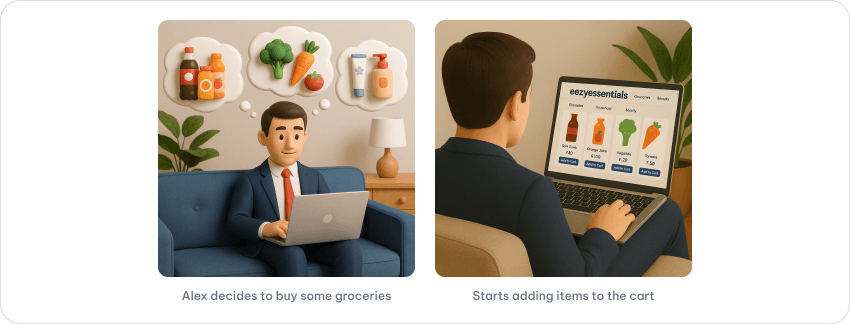
Meet Alex. He works in a corporate job, and since it’s the weekend, he decides to buy some groceries from a particular eCommerce website. He opens his laptop and enters the address of that website. Once on the site, a tracking pixel is placed in the browser by the eCommerce company to monitor various user actions, such as page views, clicks, items added to the cart, etc.
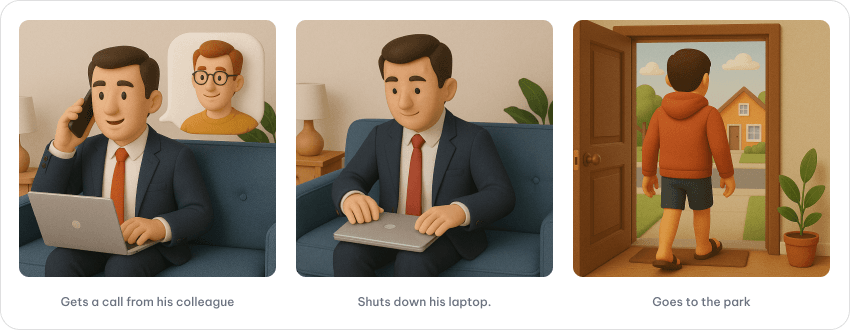
Alex searches for various grocery items and adds them to his cart. Just as he enters the payment section, one of his colleagues calls and invites him to go to the park, since the weather is nice and it’s the weekend. Distracted, he closes the eCommerce website and shuts down his laptop.
When Alex returns home, he forgets about the grocery items in his cart and doesn’t complete the purchase.
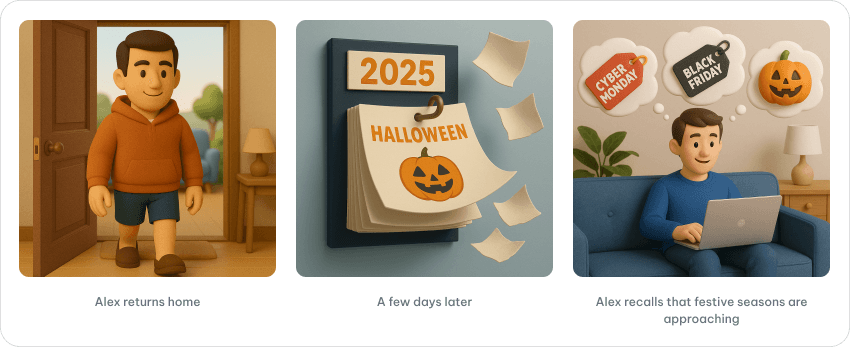
Using the tracking pixel, the eCommerce company creates a display retargeting ad campaign to remind Alex to return to the website and complete the action he left unfinished.
A few days later, Alex recalls that festive seasons like Halloween, Black Friday, and Cyber Monday are approaching, so he decides to gather information about the upcoming sales. He researches and finds a relevant blog, where he begins reading.
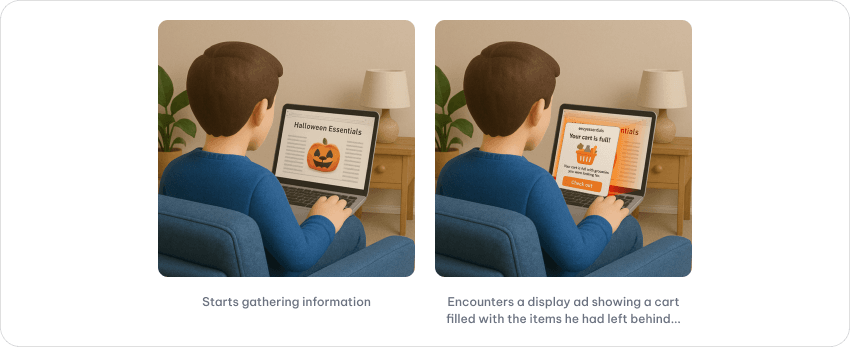
While reading the blog, Alex encounters a display ad showing a cart filled with the items he had left behind. He remembers his unfinished purchase and immediately clicks on the ad, which redirects him to the eCommerce website where he completes the purchase.
Keep reading: Display Ads vs Search Ads: What’s the Difference?
Effective Retargeting Strategies for Display Ads in 2025
Retargeting ads can be highly effective, but only when implemented correctly. Below are some proven best practices for display ad retargeting that can help make your campaign successful.
1) Segment Your Audience
Not all visitors come to your website for one common reason. They may have come for different purposes. You need to identify those purposes by looking at where they spent more time and from which pages they dropped off. Then, you have to do behavior-based segmentation.
For example:
- Visited product pages but didn’t purchase: Users who spent considerable time reading product descriptions but left without buying.
- Abandoned cart: Users who added products to their cart but did not complete the checkout process.
- Engaged users: Users who spent a significant amount of time exploring various parts of your site.
Explore further: Audience Segmentation: Targeting Your Most Important Audiences
2) Research Retargeting Ad Platforms
After segmenting your audience based on different purposes or behaviors, you need to research retargeting ad platforms or ad networks from which you can create and launch your retargeting display ad campaigns.
Each platform has its own strengths, tools, and methods for reaching users—some use website tracking pixels, while others use advanced retargeting technology. Knowing what each platform offers helps you compare and choose the best one for your display ad campaigns with retargeting goals.
3) Focus on Personalizing Your Display Ads
Now, the role of audience segmentation, which you implemented in the first step, comes into play. Based on the audience’s behavior, you should create personalized ads. For example, if someone visits a specific product page, show them an ad featuring that exact product or a related one.
You can also create dynamic retargeting ads that automatically adjust based on the user’s activity. Additionally, focus on the text content. In your retargeting display ads, include personalized text like, ‘Still interested in [product]?’ or ‘Complete your purchase and get 10% off.
4) Use Multiple Ad Formats to Show Retargeting Messages
Every audience consumes content differently, so it’s smart to mix things up with your ads. Try static banners, in-page push, and even popunder ads. Some people respond better to quick visuals, while others might prefer engaging with an ad that appears when they close or minimize their current browser or tab. Using different formats helps your retargeting messages stand out, keeps things fresh, and increases your chances of reconnecting with your audience in a meaningful way.
5) Schedule Retargeting Ads Strategically
Timing matters in retargeting display ads. If you show retargeting ads too soon or too often, it may annoy your potential audience. Set a smart schedule based on how long ago the visitor interacted with your website.
- Short-Term Follow-Up: For users who recently visited your site (e.g., within the past 7–14 days), focus on urgency or limited-time offers to motivate immediate action.
- Long-Term Nurturing: For users who visited longer ago (30–60 days), create remarketing display ads that remind them of your brand, share testimonials, or offer seasonal promotions.
- Frequency Capping: Set a frequency cap to limit how often the same user sees your ad.
6) Make Sure the Landing Page Hits the Mark
You must ensure that the landing page audience is directed to after clicking the retargeting display ad is relevant to their actions. If a user clicked an ad for a product they viewed, make sure the page shows that product, not a generic homepage. The more specific the landing page, the higher the conversion rate.
Read on: Landing Page Optimization: Tips To Create High-Converting Landing Pages
7) A/B Test Your Ads
Run and test multiple versions of your retargeting ads to find what works best. Test things like:
- Creative design: What type of imagery or visuals gets the best engagement?
- Messaging: What message best encourages users to return (e.g., “Limited time offer” vs. “Free shipping”)?
- Call-to-Action: Test different CTAs to see what motivates your audience to click (e.g., “Shop Now,” “Get 10% Off,” “Buy Today”).
Common Challenges with Retargeting Display Advertisements
There are several common challenges that marketers face when implementing and managing retargeting display ad campaigns. Some of these are listed below:
- Ad Fatigue and Overexposure: If people see the same ad too often, they get bored or annoyed, making them less likely to engage with it.
- Ad Blockers: Many users install ad blockers, which prevent your retargeting display advertisements from showing up, limiting your ability to reach potential customers.
- Difficulty in Attribution Tracking: It’s tough to figure out which ad led to a sale, especially if customers interact with multiple retargeting ads before purchasing.
Conclusion
Display retargeting ads are like a second chance to win back potential customers. By staying relevant, personalizing your approach, and mixing up ad formats, you can catch their attention when it counts. Timing matters, too—hit the right note with urgency, and avoid bombarding retargeting ads. When done right, you can turn missed opportunities into conversions and maximize your ROI.
Frequently Asked Questions (FAQs)
What are retargeting display ads?
Ans. Retargeting display or follow-up ads are ads shown to people who visited your website but didn’t make a purchase or take action. These ads “follow” them around the internet to remind them of your products or services.
Why should I use retargeting display or follow-up?
Ans. Retargeting display ads helps bring back visitors who showed interest but left without buying. It can improve your chances of converting them into customers and increase your ROI by reminding them of your brand.
How do display or follow-up work?
Ans. When a visitor lands on your business website, a tracking pixel monitors their actions. If they leave without completing a purchase, retargeting display advertisements will appear on other websites they visit, reminding them to return and finish their purchase.
What are the benefits of retargeting ads?
Ans. The benefits of retargeting ads include higher conversion rates, better brand recall, and improved customer engagement.
What challenges might I face with retargeting display ads?
Ans. Common challenges include ad fatigue (too many ads seen), ad blockers (which prevent your ads from showing), and difficulty in tracking conversions (it can be hard to know which ad led to a sale).














